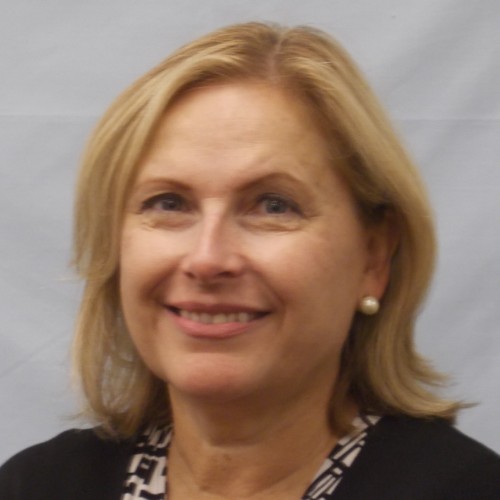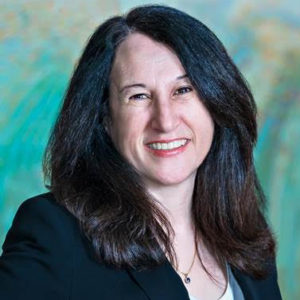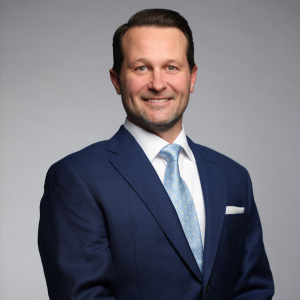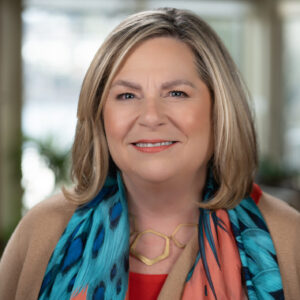AHCA/NCAL conference report: Medicaid crisis demands provider action
Medicaid is in transition—many would say crisis—and skilled nursing providers attending a panel discussion Monday at the 62nd Annual AHCA/NCAL (American Health Care Association/National Center for Assisted Living) Convention & Expo in Las Vegas were challenged to be proactive in addressing developments affecting the embattled program.
“Ground zero for state budget problems is the explosive growth of health entitlements. Medicaid expenditures have quintupled in the past two decades,” reported Daryl Nixon, director of reimbursement, California Association of Health Facilities.
“Medicaid is the largest single state program and continues to have significant spending growth,” noted Stan Rosenstein, principal advisor, Health Management Associates. “Provider rate cuts remain the state-preferred Medicaid cost control method.” In this volatile environment, providers can expect payment reforms, pay for performance, non-payment of never events and payment for quality. “And expect more managed care,” added Rosenstein.
Janice Zalen, senior director special programs for AHCA, called 2011 “the year of the duals,” referring to CMS’s (Centers for Medicare & Medicaid Services) money-saving focus on the dual-eligible population. The projected impact on payments to SNFs resulting from an integrated dual-eligible model includes shared savings opportunities, potential for more SNF stays, slower claims processing, negotiated per diems (not necessarily Medicare PPS rates) and negotiated Medicaid per diems.
While traditional Medicaid payment for SNFs has been facility-specific, cost-based and acuity-adjusted—with incentives for cost containment and frequent rebasing—the near future outlook for Medicaid funding is expected to include:
· an emphasis on efficiency, economy and quality of care;
· integrated delivery and payment models for dual-eligibles, encompassing managed care and upstream and downstream provider alliances;
· shared savings arrangements; and
· rebalancing of service options for the elderly and funding to achieve non-institutional spending goals.
To survive in the new environment, Nixon said providers will need to:
· clearly define their niche in the post-acute continuum;
· be able to efficiently provide quality service at measured cost;
· have access to analytics to manage and support service delivery; and
· refine current and develop new models.
Data will rule the new landscape and conference speakers tasked providers with getting HIT (health information technology) and EHR (electronic health record) systems in place. “To survive and compete you’ll need the key analytics,” said Nixon, including costs, hospital readmission rates and average lengths of stay.
The takeaway for providers: States will tie payment to quality. “Efficiency and economy were the big drivers in reimbursement,” said Joe Lubarsky, CPA, Eljay, LLC. “Now add quality of care; it will be the biggest change over the next three to five years.”
“Failure is not an option here,” said Nixon. “Baby boomers need our services over the next 10-15 years as we address changes and challenges. Fixing Medicaid is a critical opportunity to reform the entire healthcare system.”

Patricia Sheehan was Editor in Chief of I Advance Senior Care / Long Term Living from 2010-2013. She is now manager, communications at Nestlé USA.
Related Articles
Topics: Facility management , Leadership , Medicare/Medicaid











